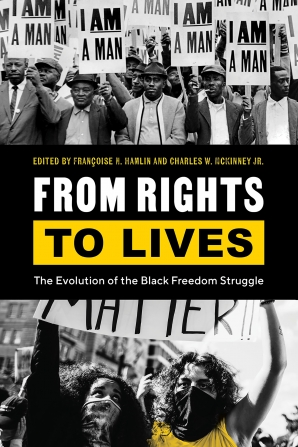- Home
- Shade-Grown Slavery

Shade-Grown Slavery
The Lives of Slaves on Coffee Plantations in Cuba
In this broad, interdisciplinary study, William Van Norman describes how each type of plantation and the amount of manual labor it required directly influenced the nature of slave life in that community. Slaves on coffee plantations lived in a unique context in comparison to that of their fellow slaves on sugar plantations, one that gave them greater flexibility in cultural and artistic creativity. To gain a deeper understanding of plantation slavery in Cuba, Van Norman explores what life and labor was like for coffee slaves and how it was different from what sugar slaves experienced. Shade-Grown Slavery reconstructs their world and in turn deconstructs the picture we now have of Cuba in the late eighteenth and early nineteenth centuries.
Ultimately, Shade-Grown Slavery reveals the lives of enslaved Africans on Cuban coffee plantations and shows how they were able to maintain and transform their cultural traditions in spite of slavery.
William C. Van Norman Jr. is associate professor of history at James Madison University.
"Coffee has been largely ignored by students of Cuban history. Shade-Grown Slavery forcefully opens a space for coffee and the socioeconomic realities it created."
--Luis Martinez-Fernandez, author of Fighting Slavery in the Caribbean
"The first study that specifically examines slavery on Cuban coffee plantations with a focus on slave everyday life and culture ... cutting edge and a significant contribution to slavery studies in general, which I am certain other students of slavery will attempt to emulate in time."
--Theresa Singleton, editor of "I, Too, Am America": Archaeological Studies of African-American Life
"...coffee slavery in Cuba has not been investigated until now, making this a valuable and accessible book [...] Highly recommended."
--Choice











